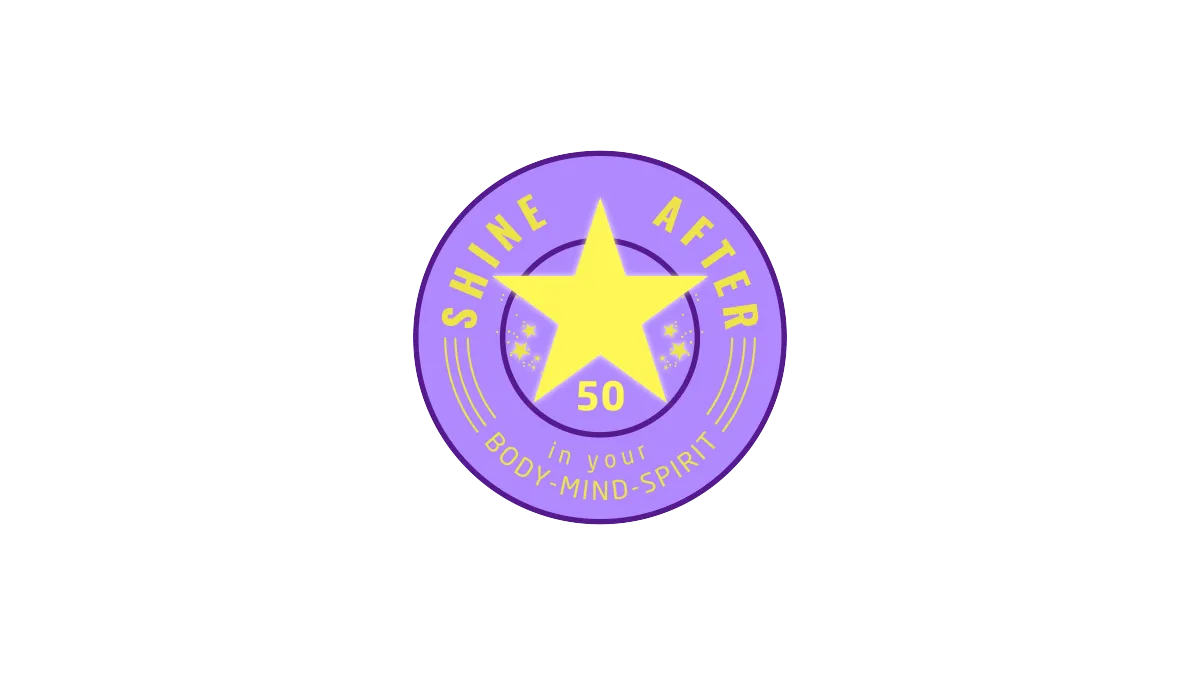
The Power of Pilates! After Age 50, 60...
The Power of Pilates! After Age 50, 60…
As I have shared in my book, Gentle Yoga After 50: Get Fit, Flexible, and Feel Fantastic! and in prior blog posts, I have practiced yoga consistently for over 50 years—since age 15. And since age 25, I have engaged in daily aerobic exercise—walking, jogging, dance aerobics, and rebounding/bouncing on a mini-trampoline.
So, although I was unathletic and uncoordinated as a child and teenager, because of my daily exercise regimen, as an adult I considered myself to be in good shape.
Two years ago, after retiring from my 9 to 5 Federal job and shifting to working for myself, I joined a fitness club because I had time to attend classes. I started doing strength training twice weekly and began classes in forms of yoga that were new to me—including yin yoga and yoga with weights four times a week.
All of these were a bit challenging at first, but not nearly as strenuous as the first time I attended a Pilates class! I knew little about Pilates except for its focus on strengthening the “core” of the body—abdominals, lower back, hips, and buttocks. After I finished my first 45-minute Pilates class, I felt so wiped out!
How was this possible? Why did I feel as if I was in such bad shape despite regularly engaging in other forms of exercise?
Although Pilates movements performed on a mat are low impact, many of them are strenuous—they require us to move, stretch, and lift our bodies in ways that we do not usually do in the course of a day. They work on improving our balance and flexibility as well.
In the Pilates class I attend twice a week, the instructor guides us through the same 15 or more movements each class. The only equipment we have is our mat. (Other types of Pilates use a variety of machines but the class I attend is a mat-only class.) She conducts the class without music so we can concentrate on engaging our muscles through slow and deliberate movements. Some of the movements are similar or identical to certain yoga poses (such as the child pose and plank), while others differ substantially.
Joseph Pilates created this regimen in the early 20th century. He drew upon his study of yoga, martial arts, bodybuilding, and even skiing. He was also inspired by his work with wounded, bedridden World War I veterans as he focused on helping them regain their health and mobility.
Pilates believed that the body, mind, and spirit are connected and that our modern lifestyle can disrupt the balance between them. To restore the balance, Pilates designed exercises to correct muscular imbalances, and increase core strength, flexibility, and body awareness and control. Pilates believed that having a strong core is vital for overall health and mobility because it creates the foundation from which all movements originate.
So, what has been my experience with over the past two years since I began attending Pilates classes?
Well, first it took me about six months to start looking forward to the twice weekly class. Because the class felt so strenuous, I made myself go out of sheer willpower, feeling that it had to be good for my body. My podiatrist said it was great for my feet and ankles.
Some of the poses, however, strained my neck until I learned to do them more effectively. Some movements were just plain difficult, and a couple still are. However, two years later, I can say that I now look forward to my twice-weekly Pilates class!
And my results? I feel much stronger – especially in my abdominals and my overall sense of wellbeing has been enhanced. I am more grounded and even though I think I had good posture – I feel my posture is even better now.
So yes, I have benefited from the power of Pilates and I began this form of exercise in my late 60s. And, I am committed to continuing to do Pilates twice a week for the rest of my life or as long as I can. An older dog can learn new tricks!
